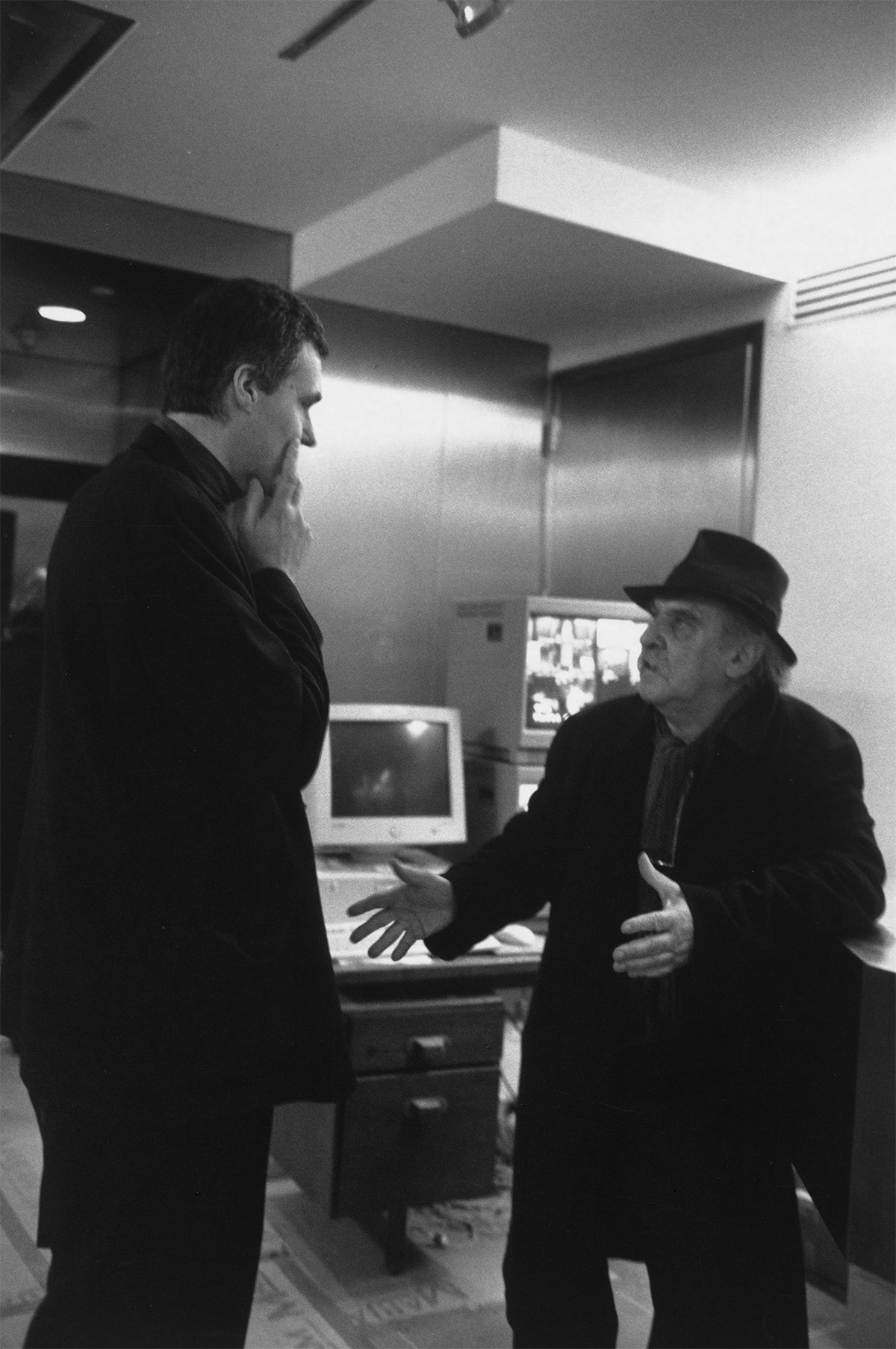The Mutual Cultural Presence: Austria and the U.S.
Culturally, both Austria and the U.S. built a strong presence among themselves. During the American occupation of Austria (1945–55), the U.S. established a strong cultural presence with its “America Houses” in Austria. Austrians did not have free access to books and thus enjoyed visiting the reading rooms in the America Houses in Vienna, Linz and Salzburg, which provided books (including the ones that had been prohibited by the Nazis), magazines and newspapers. During the Marshall Plan, American “book mobiles” came into the most remote Alpine corners of Austria to provide access to reading materials. Young people came to appreciate American popular culture from Jeans to Coca Cola and Jazz music. The U.S. supported “American Studies” programs and thus brought the serious study of America to Austrian universities. State Department cultural officers also brought “high brow” American culture to Austrians—from George Gershwin’s opera “Porgy and Bess” to the plays of Thornton Wilder and Arthur Miller. Young Austrian leaders were brought on extended study trips to the U.S. through Marshall Plan and State Department programs. Scholars called this entire process “the Coca-colonization”/Americanization of Austria.
During World War II Austrian émigrés founded organizations (Jewish émigrés started the Austrian Cultural Forum and conservative émigrés the Austrian Institute in New York)—promoting Austrian identity and postwar Austrian independence—out of which the Austrian cultural presence in postwar America emerged. After the war, the Austrian Institute was incorporated in 1947 and put its focus on promoting Austrian Culture in the U.S. In 1948, the Austrian Information Center was founded in New York with Fritz Molden serving as its first director. Wilhelm Schlag soon became the impresario of the Austrian cultural presence in the U.S. He first learned about the U.S. as a prisoner of war in the Midwest and became the first general secretary of the Austrian Fulbright Commission. The government first dispatched Schlag to the U.S. as Austria’s cultural representative in 1956. When the official Austrian Institute was founded in 1963 Schlag was acting as its first Director for the first ten years. Schlag brought the Jewish émigrés’ Cultural Forum activities into the Austrian Institute that was renamed the Austrian Cultural Institute in the mid-1980s under then director Wolfgang Waldner, the current Austrian ambassador in the U.S. Renamed the Austrian Cultural Forum in 2001, it moved into its spectacular new Abraham-designed building on 52nd Street in 2002.
The Austrian Cultural Institute/Forum had a strong presence in New York City; not so much, however, in the rest of the country. Private initiatives and university partnerships picked up the slack. After World War II, the Trapp Family Singers (immortalized in the Hollywood hit movie Sound of Music) probably did more to promote the image of Austria in the U.S. than official representatives. In 1976, the government of Bruno Kreisky donated two Austrian chairs to American universities as a bicentennial gift—the University of Minnesota-Twin Cities and Stanford Universities received these chairs. The Austrian Center in Minneapolis has promoted the study of Austria ever since. The University of New Orleans has been sending students from Southern universities to Innsbruck—more than 10,000 since its inception in 1976. In 1997, the University of New Orleans initiated Center Austria to build additional contacts with its partner university in Innsbruck. Meanwhile dozens of American universities maintain study programs in Austria and Austrian universities regularly send students to the U.S. Since 2000, the Austrian Marshall Plan Foundation has built programs with the University of New Orleans, the University of California-Berkeley, and Johns Hopkins University’s SAIS in Washington. These student exchanges have succeed as much as official relations in maintaining stable relationships between the two countries.
Sources:
Reinhold Wagnleitner, Coca-Colonization and the Cold War: The Cultural Mission of the United States in Austria after the Second World War, transl. Diana Wolf (Chapel Hill: The University of North Carolina Press, 1994).
Walter Seidl, Zwischen Kultur und Culture: Das Austrian Institute in New York und Österreichs kulturelle Repräsentanz in den USA (Vienna: Böhlau, 2001).
Austrian Information (various issues).
Center Austria, Center Austria: The Austrian Marshall Plan Center for European Studies/The University of New Orleans – 20 Years (2017).


